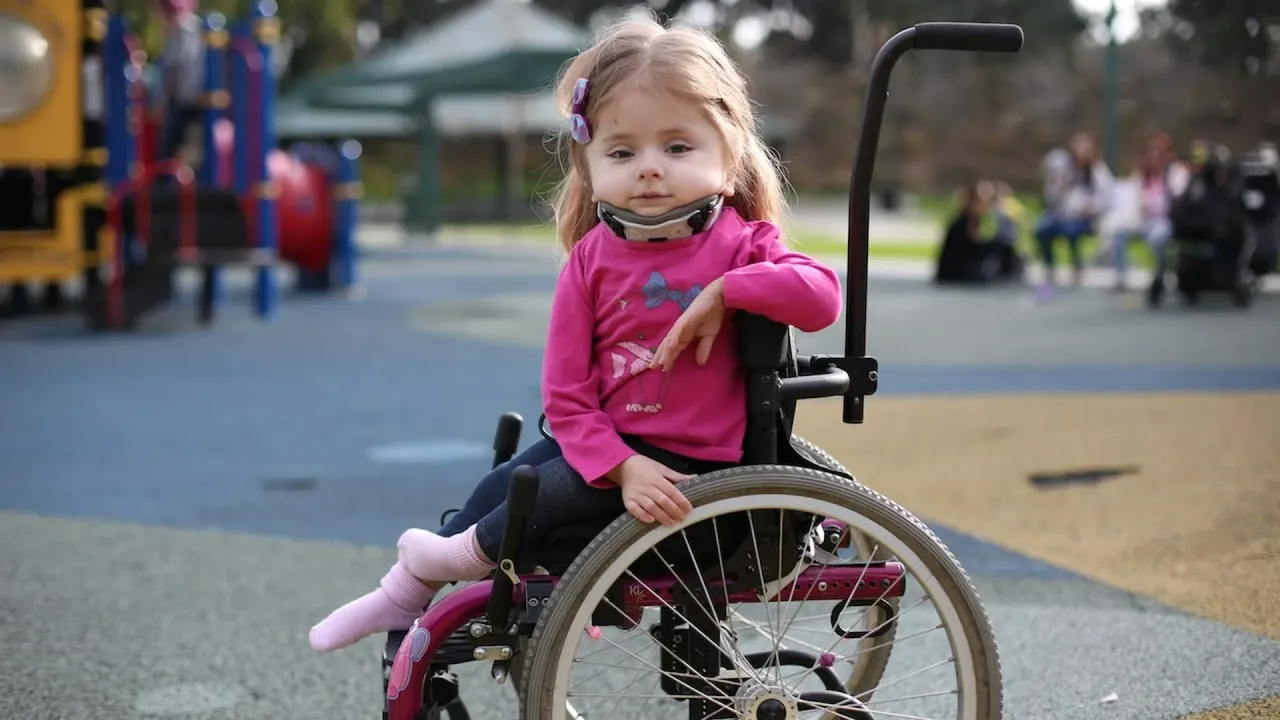
DiYES International School – Osteogenesis Imperfecta in children is a rare genetic disorder affecting bone strength. It causes bones to break easily, often with minimal or no trauma. The disorder results from abnormal collagen production, a key protein in bone structure. Children with this condition face frequent fractures and bone deformities. The disease also impacts other body systems, including teeth and hearing. Early diagnosis and proper care are essential to improve quality of life. Understanding causes, symptoms, and challenges helps families and healthcare providers manage the condition effectively.
The primary cause is a genetic mutation affecting collagen synthesis. Collagen is crucial for providing bone strength and flexibility. Mutations occur in the COL1A1 or COL1A2 genes, which regulate collagen production. These genetic changes can be inherited or occur spontaneously. The abnormal collagen makes bones fragile and prone to fractures. Severity varies widely among affected children. Some experience only a few fractures, while others suffer from hundreds. Genetic testing helps confirm the diagnosis and guide treatment. Family history plays an important role in assessing risk.
“Read about: Why Are More Kids Struggling? Inside the Child Mental Health Epidemic”
Frequent bone fractures with little or no cause are hallmark symptoms. Children often develop bone deformities due to repeated breaks and poor healing. Blue sclerae, or bluish tint in the whites of the eyes, is another common sign. Hearing loss can occur in some cases as a result of bone abnormalities in the ear. Dental problems, such as brittle teeth, are frequently observed. Short stature and muscle weakness may also be present. Delayed motor milestones can appear because of bone fragility. Some children have loose joints and scoliosis, which affects posture. Early recognition of these signs is crucial for timely intervention.
“Read more: Cracking Down on Trafficking: Human Trafficking Institute Begins Work in Kenya”
Living with osteogenesis imperfecta requires managing physical and emotional challenges. Repeated fractures limit mobility and cause chronic pain. Children often need assistive devices like braces or wheelchairs. Frequent hospital visits and surgeries can disrupt schooling and social life. Emotional stress affects both children and their families. Parents face the burden of constant care and protection. Accessibility and safety at home and school must be carefully planned. Social isolation can occur due to activity restrictions and fear of injury. Finding specialized healthcare providers knowledgeable about the condition is essential. Multidisciplinary support improves outcomes and quality of life.
Currently, there is no cure for osteogenesis imperfecta, but treatments focus on symptom relief. Bisphosphonate therapy is commonly used to strengthen bones and reduce fractures. Physical therapy helps improve mobility, muscle strength, and coordination. Surgical interventions may be needed to correct deformities and stabilize bones. Proper nutrition, including adequate calcium and vitamin D, supports bone health. Preventive care includes minimizing fall risks and avoiding high-impact activities. Dental care and hearing evaluations are important parts of management. Psychosocial support addresses emotional and mental health needs. Family education empowers caregivers to handle daily challenges effectively.
Ongoing research aims to understand genetic mechanisms behind osteogenesis imperfecta. New therapies targeting collagen defects and bone regeneration are under development. Gene therapy holds potential for correcting the underlying genetic mutations. Stem cell research offers promise for bone repair and growth. Clinical trials continue to explore innovative drugs and treatment protocols. Improved diagnostic tools allow earlier and more accurate identification. Awareness campaigns help reduce stigma and increase support for affected families. Collaboration between researchers, clinicians, and patient groups accelerates progress. These advances bring hope for better outcomes and improved lives.